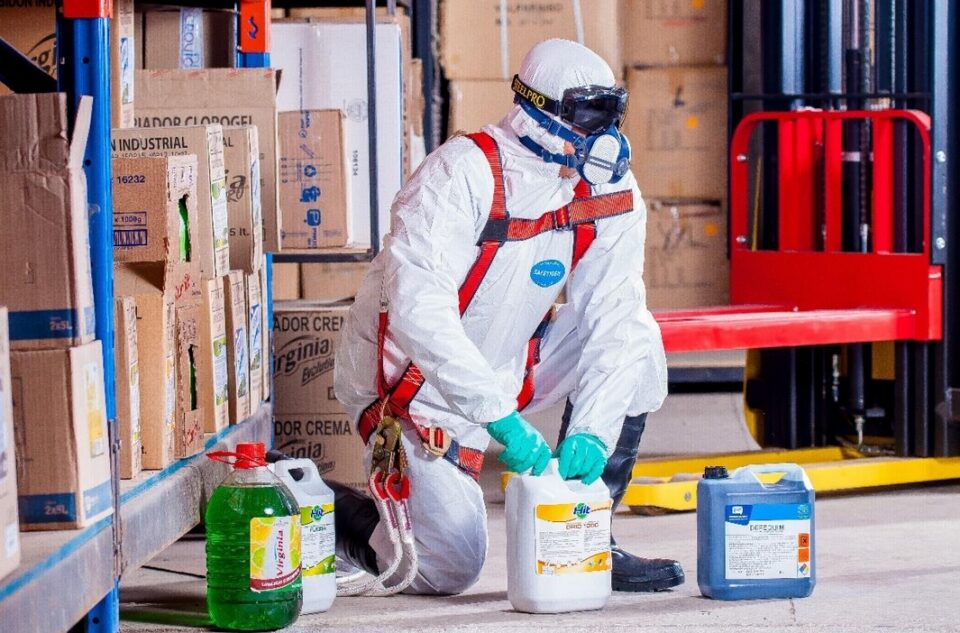If you work with hazardous materials in your job, you know how serious and potentially dangerous it can be. Whether you’re in the manufacturing, construction, or medical industry, handling hazardous materials is a serious responsibility that comes with great risks. From corrosive chemicals to infectious substances, it’s important to take the necessary precautions to protect yourself and others around you. But with so many different types of hazardous materials out there, it can be tough to know where to start.
That’s why we’ve put together a list of top health and safety tips for handling hazardous materials that will help reduce the risks and keep you safe on the job. Whether you’re a seasoned pro or just starting, our tips will ensure that you’re taking all the necessary steps to stay safe.
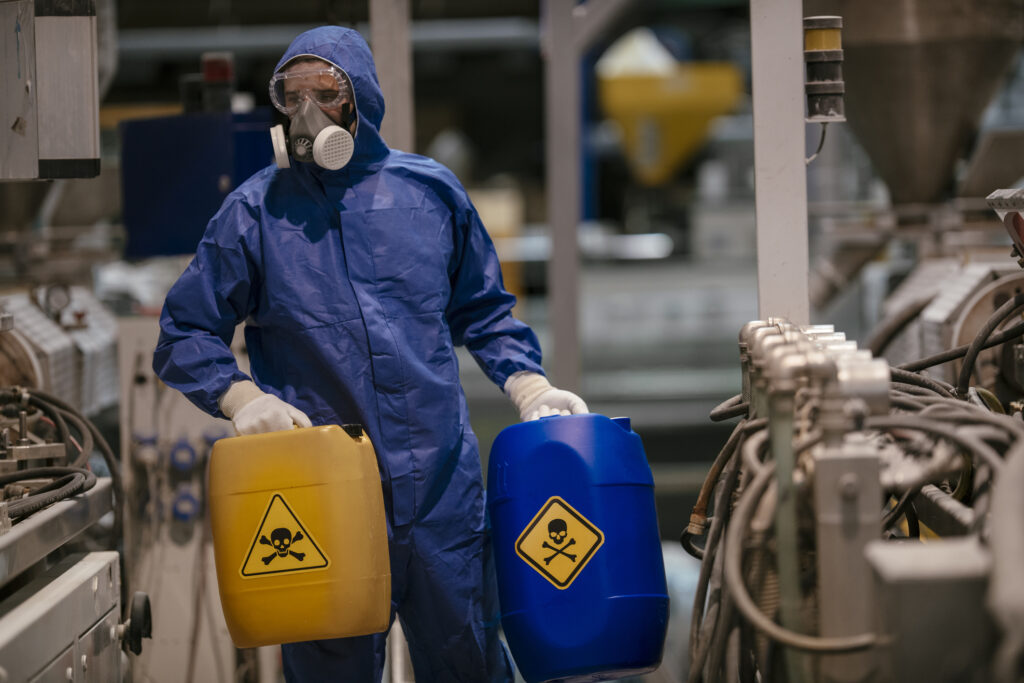
1. Wear proper personal protective equipment (PPE)
When it comes to handling hazardous materials, wearing appropriate personal protective equipment is crucial to ensure your safety. PPE can include gloves, eye protection, respiratory protection, and protective clothing, depending on the type of material you’re handling.
For example, if you’re handling asbestos, you must wear PPE, such as a respirator, gloves, and protective clothing, to prevent inhalation or skin contact with asbestos fibers. Asbestos is a highly hazardous material that can cause serious health issues like mesothelioma. So, you should take all necessary precautions to protect yourself.
If you’ve been exposed to asbestos in the past, it’s important to seek medical attention and consult with a legal professional. In some cases, mesothelioma lawsuit settlements may be an option for those affected by asbestos exposure.
Remember, prevention is always better than cure, so make sure to wear appropriate equipment since it acts as a barrier between you and the hazardous material, reducing your risk of exposure and keeping you safe.
2. Follow the careful procedure
When it comes to handling hazardous materials, following careful and proper procedures is vital for your safety and those around you. It means not only wearing the appropriate PPE but also properly labeling, storing, transporting, and disposing of hazardous materials.
When it comes to storing, you want to make sure that chemicals are stored in dry, cool, and aerated areas, and that conflicting materials are kept separate. And that’s not all. You also want to keep those hazmat containers tightly sealed to make sure they don’t leak or release vapor.
You also want to keep your workspaces clean and organized to avoid accidents. Take the time to clean work surfaces regularly, and make sure that storage rooms are free of anything that could cause spills or attract pests.
By following these handling procedures, you’re reducing the risk of exposure and contamination. After all, even the smallest mistake could lead to serious consequences.
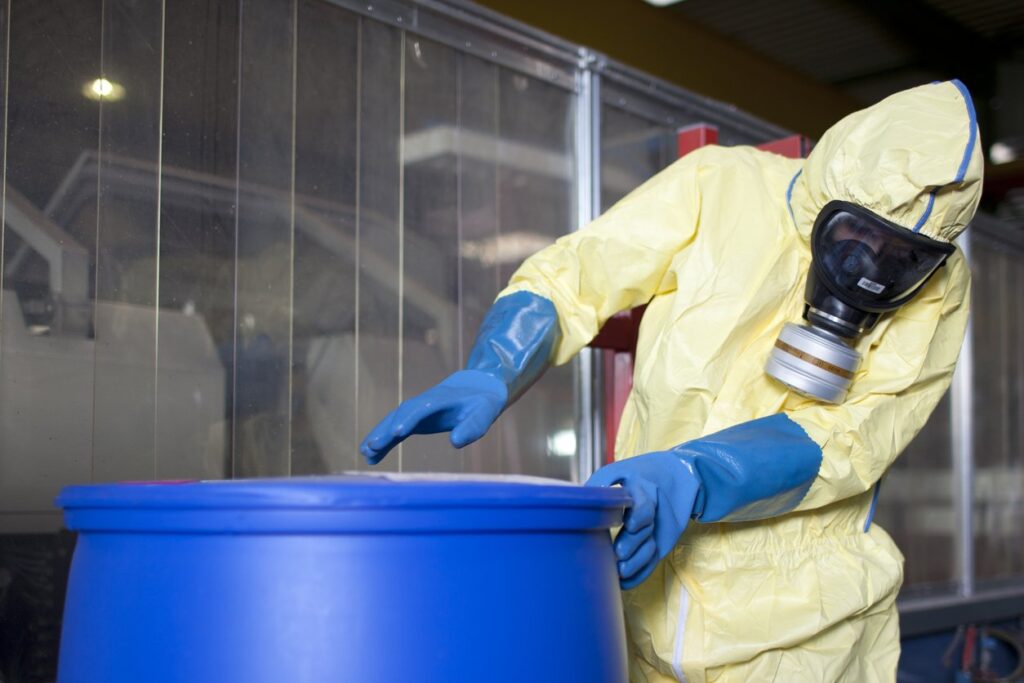
3. Train and educate yourself
Handling hazardous materials is no joke, and it’s crucial to make sure you’re well-equipped with the necessary knowledge and skills to handle them safely. This is where training and education come in.
It’s important to participate in any safety training programs that are available to you. These programs can teach you how to handle hazardous materials safely, guide appropriate PPE to wear, and familiarize you with proper handling and storage procedures.
But it’s not just about taking a course or two. You also want to keep yourself up to date with the latest safety procedures and regulations. It means staying informed about any new laws or guidelines and understanding how they impact your work.
When it comes to handling hazardous materials, knowledge is power. The more you know, the better prepared you are to handle them safely. So, be sure to take the time to educate yourself and stay informed about the latest safety procedures.
4. Avoid contact with the skin
When handling hazardous materials, avoiding skin contact is crucial to staying safe. Why? Because even brief exposure can have serious consequences. Let’s say you accidentally spill a corrosive chemical on your hand. Without proper protection, that chemical can quickly start eating away at your skin, potentially causing severe burns or even permanent damage. In some cases, it’ll show as a skin rash later on.
If you do accidentally touch a hazardous material, it’s important to act quickly. Wash the affected area immediately with soap and water to remove any residue. If necessary, seek medical attention right away. Remember, the longer you wait, the more damage the hazardous material can cause.
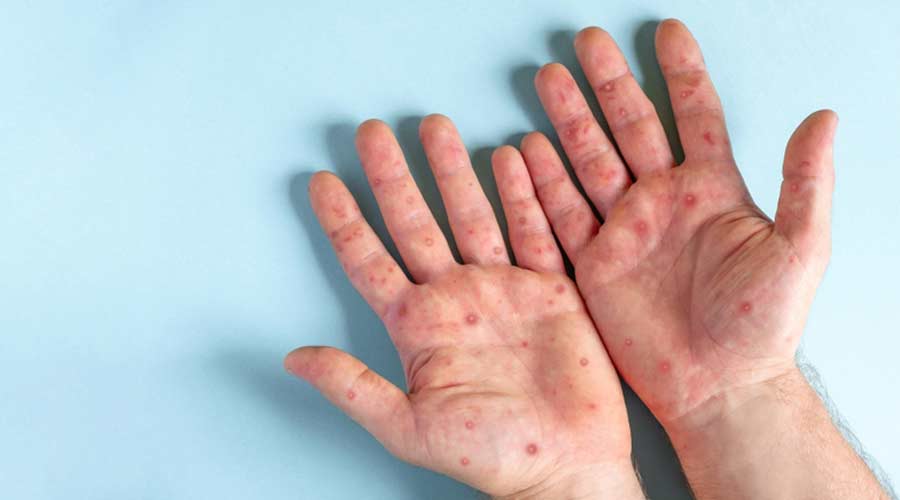
5. Don’t eat or drink around hazardous materials
When you’re handling hazardous chemicals, the last thing you want to do is accidentally ingest them. Not only can this be extremely dangerous to your health, but it can also be fatal in some cases.
So, make it a rule to never consume food or beverages while handling hazardous materials. And even after you’re done handling them, it’s still a good idea to wash your hands thoroughly before eating or drinking anything.
You might be thinking this is obvious. But accidents happen, and it’s easy to get complacent when you’re working with hazardous materials day in and day out. So, make it a habit to always be mindful of what you’re consuming and to always keep food and drinks away from hazardous materials.
6. Have an emergency plan
It’s always a good idea to be prepared for the worst-case scenario, and that’s especially true when it comes to handling hazardous materials. That’s why it’s necessary to have an emergency plan in place.
An emergency plan is essentially a set of procedures that you and your team can follow in case of an emergency. It can include things like emergency contact information, evacuation procedures, and first aid procedures.
For example, let’s say there’s a chemical spill in your lab. What do you do? Whom do you call? How do you evacuate safely without risking exposure to hazardous material? Having an emergency plan in place can help answer these questions and ensure that everyone knows what to do in case of an emergency. It can also help minimize the risk of accidents and keep everyone safe.
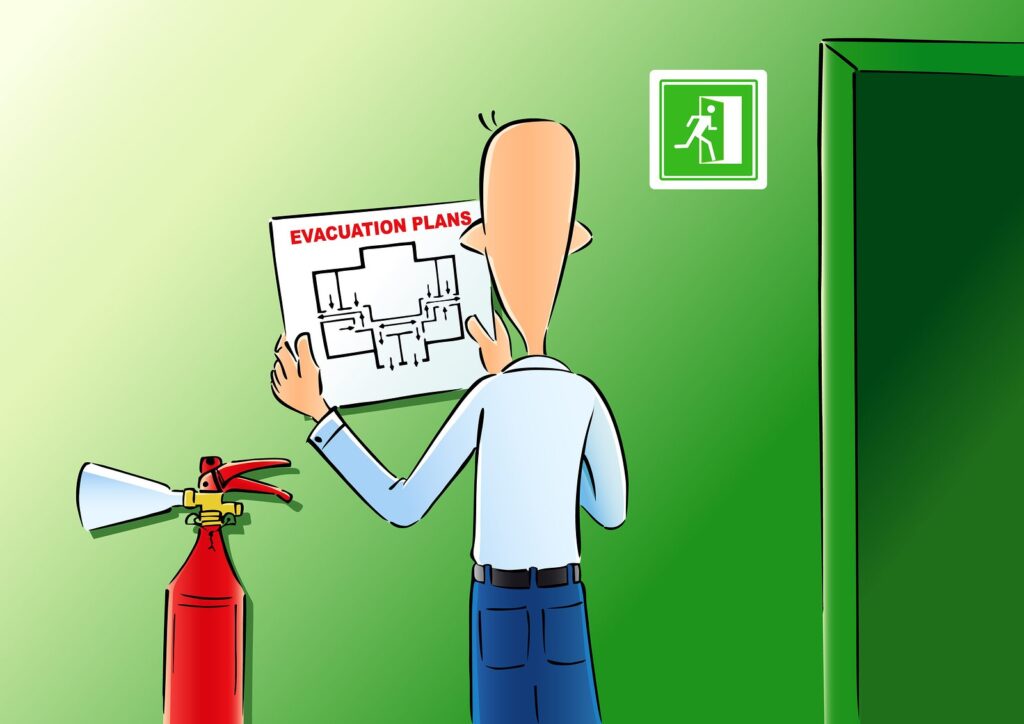
Conclusion
Handling hazardous materials requires careful attention to safety and health. You must stay informed and take precautions to minimize the risks. Sadly, accidents can happen even to the most experienced individuals, so always be prepared with an emergency plan and stay updated on safety procedures.
Remember that it’s not just about protecting yourself, but also those around you. Make sure you are properly trained and educated on handling hazardous materials and encourage your colleagues to do the same. By implementing good safety practices, you can set an example and help create a safer work environment for everyone.
Above all, be mindful and stay alert. Follow proper procedures, wear the proper personal protective equipment, avoid skin contact, and never eat or drink around hazardous materials. By taking these steps, you are not only protecting yourself, but you are also contributing to a healthier workplace.

